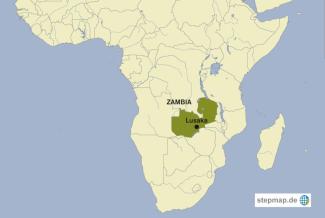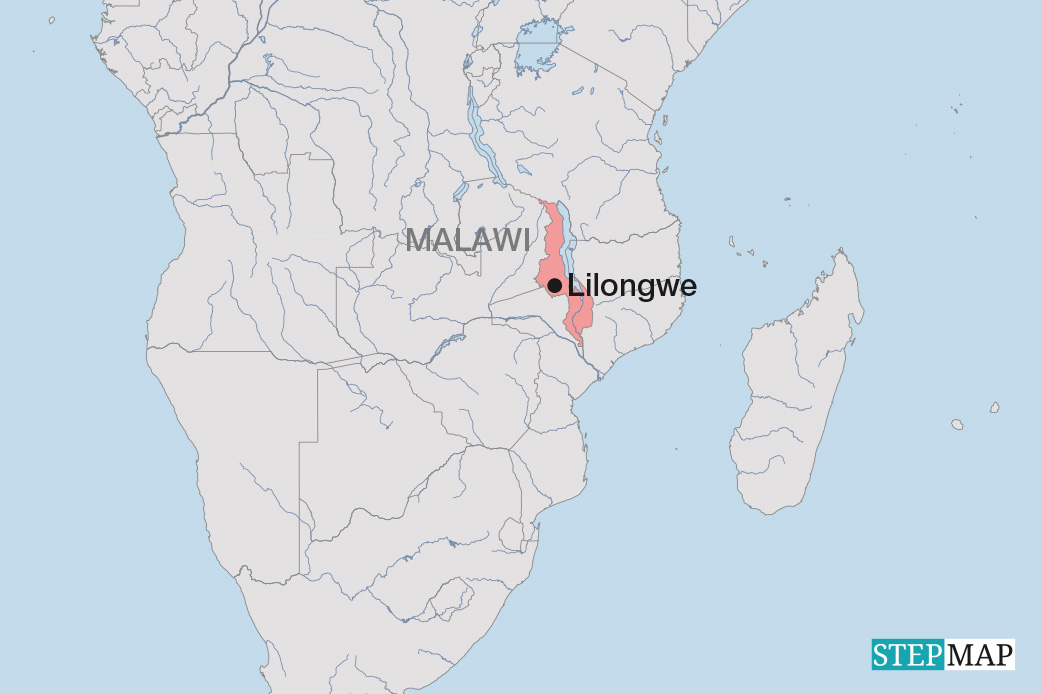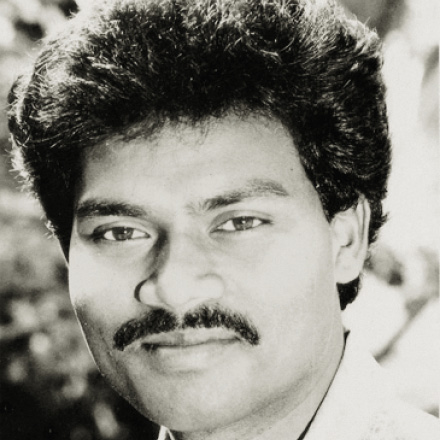Transport
Death on the roads

The Road Traffic and Safety Agency (RTSA) of Zambia, a government agency, attributes most of the traffic accidents to speeding. The highway between the Copperbelt and Lusaka is one of the roads that are especially prone to accidents.
Some typical examples: In early April, 24 passengers died when two buses collided on that route. The RTSA then suspended one of the operators’ licences.
There was an outcry from the public when a minibus driver killed a traffic policewoman in Lusaka in February. The driver tried to get away, but has been charged with attempted murder.
Accidents increased by 85 % between 2012 and 2014, according to the Zambian Road Traffic Trust. The main reason is that the number of vehicles is rising. The middle class is growing rapidly, and its members take loans to buy cars. In 2014 alone, the country recorded 32,392 accidents with 1,858 deaths. The impact on the health-care system is serious. The Trauma Centre at Kabwe General Hospital is conveniently located on the accident-prone highway between the Copperbelt and Lusaka, for instance.
Daniel Mwamba, the chairman of the Trust, says that most of the “road accidents involve pedestrians, cyclists and motorcyclists”. According to him, Zambian roads “are not properly constructed”. There are hardly any separations or different lanes for cars, motorcycles, bicycles and pedestrians. He says: “Pedestrians need to be taught how to use the roads in order to avoid traffic accidents.”
Drivers tend to be tired because of road congestion, another experts says, and that makes accidents more likely. The use of second-hand tyres and the overloading of trucks cause calamities too.
The majority of Zambians resort to minibuses and motorcycles because there are few other options. Cars are expensive, and public transport is scarce. There is little investment in long-distance and intra-city railway transport. No city or district in Zambia has a functioning tram or local railway system.
Henry Chipewo, a former managing director for the Tanzania-Zambia Railway Authority (TAZARA), claims that relying on road transport is “costly for the country”. Zambia could “reduce costs on fuel if goods and people were moved by trains,” he maintains.
Chipewo gives a number of reasons for the high accident rate.
“Zambia needs a proper transport policy,” Chipewo demands. Among other things, the number of hours professional drivers work should be limited. “A transport policy,” the TAZARA manager adds, “can also guide on how other modes of transport such as water and rail can be developed.”
Humphrey Nkonde is a journalist and lives in Ndola, Zambia.
zpeopleandplaces@gmail.com











